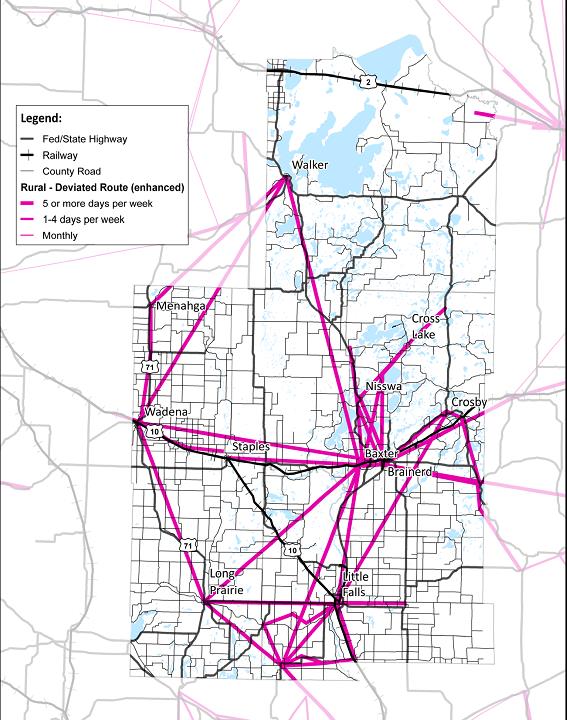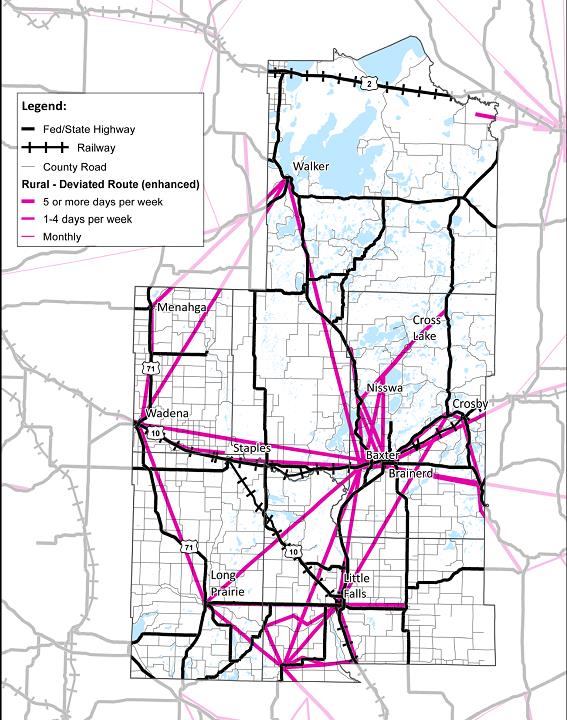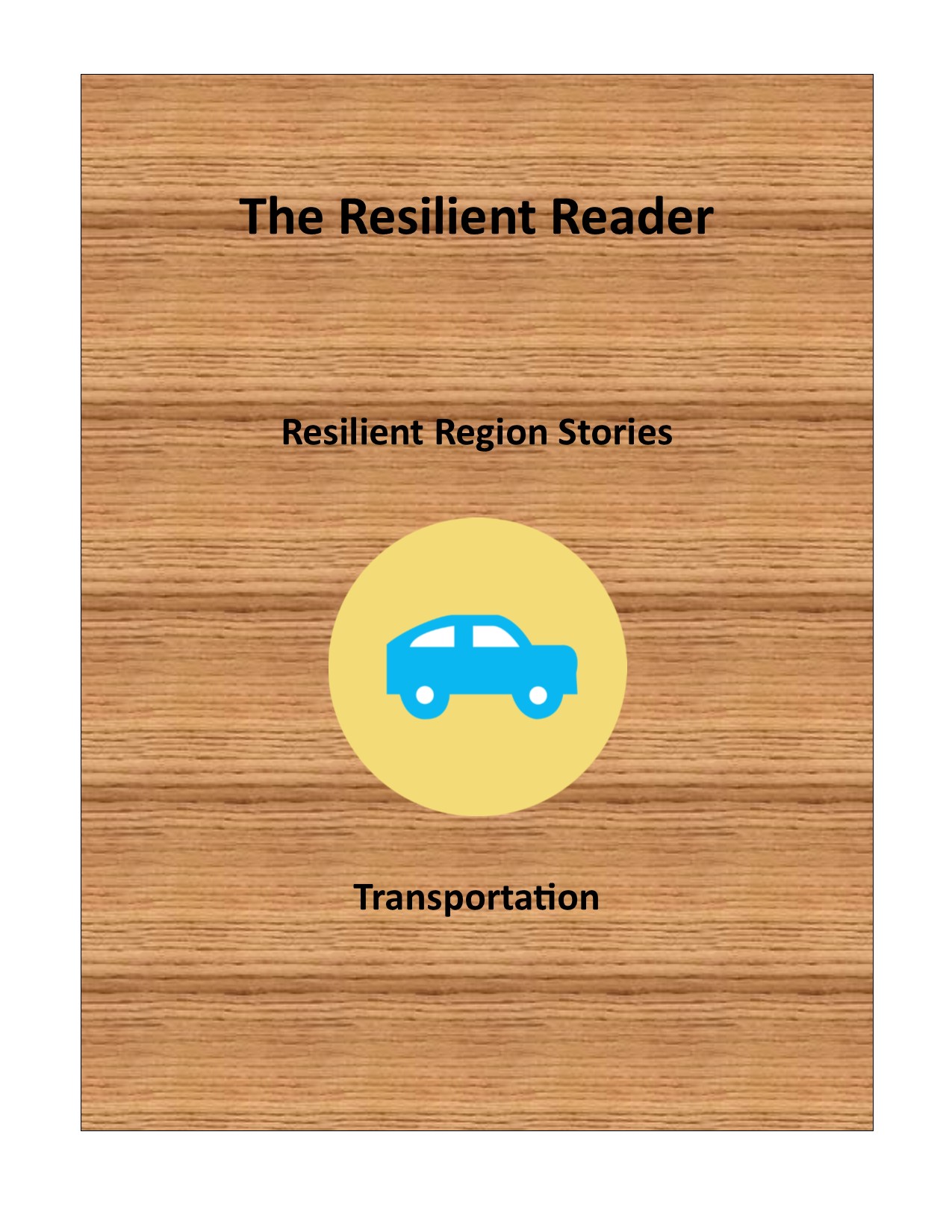Transportation
The Regional transportation systems seek to ensure that transportation projects are designed to serve the regions' mobility, land use, and economic development needs in a safe manner. Other pieces of transportation system are to maintain and improve the existing road system, increase public transportation services in the region, and expand infrastructure serving pedestrians and bicyclists.
Traditionally, Transportation Planning has been designed around conveying motor vehicles, believing economic growth was dependent upon this mode to move people and goods. However increasing attention is put on a mulit-modal planning and construction approach given the increased safety, health issues, environment and public demand for alternative means of transportation. One alternative means of transportation would include expanding broadband access to increase telecommuting opportunities for employees while increasing the economic benefit for businesses.
As transportation and transportation planning continues to move in more sustainable direction policies around balancing the needs of society, the economy and the environment will be vital to the success of the transportation system in the future. Policies around complete streets, public transit, highways, walking and biking and alternative transportation will also play an important role.
The Resilient Region Transportation recommendations and action steps align with the Minnesota Department of Transportation vision to better align the transportation system with what Minnesotans expect for their quality of life, economy and natural environments. The Minnesota Go project indentifies 6 Objectives and strategies:

- Accountability, Transparency and Communication
- Transportation in Context
- Critical Connections
- Asset Management
- Traveler Safety
- System Security
The Resilient Region Plan
Table of Themes Cross Referenced with Principles & Source Transportation issues, goals, recommendations and action steps may be found under Theme 6: Infrastructure - transportation and the workgroup column with codes beginning with "T".
Resilient Region Transportation Plan, by Jake Huebach, Transportation Planner with R5DC, provides a comprehensive review of the transportation assets and needs within the region as well as transportation maps for the region (G-1), Region Commute Shed Maps (G-2), County 5 Year Construction Plan (G-3), City Transportation Analysis (G-4), County Transportation Analysis (G-5) and Transportation Funding Analysis (G-6).
The final resilient region transportation plan also includes work from the University of Minnesota and William Mitchell Law School.
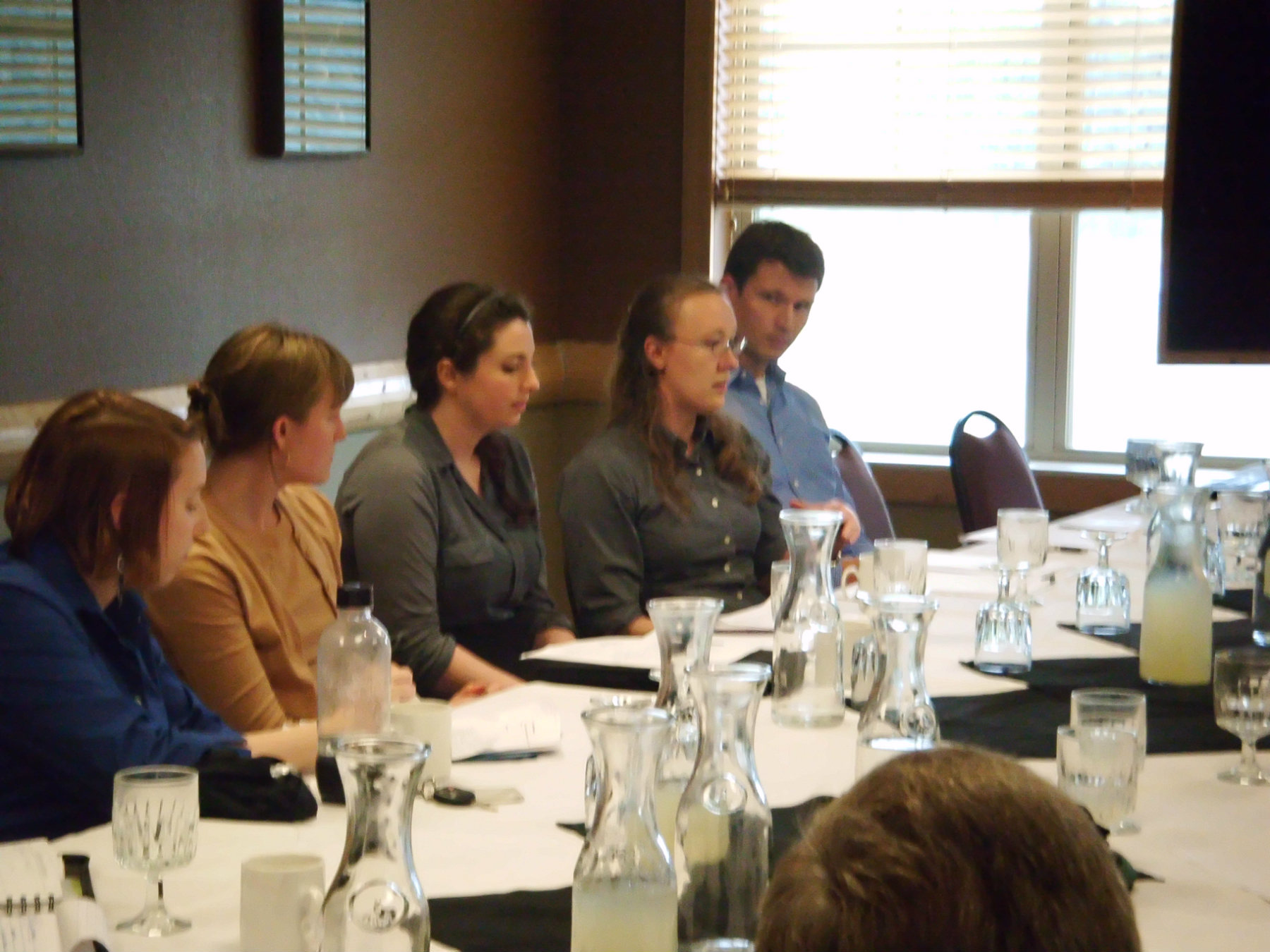
Michael Dorfman, University of Minnesota Regional Sustainable Development Partnership, analyzed the Transportation Policy Analysis for Cass, Crow Wing, Morrison, Todd and Wadena Counties. (Final Report Reference: Appendix G-5)
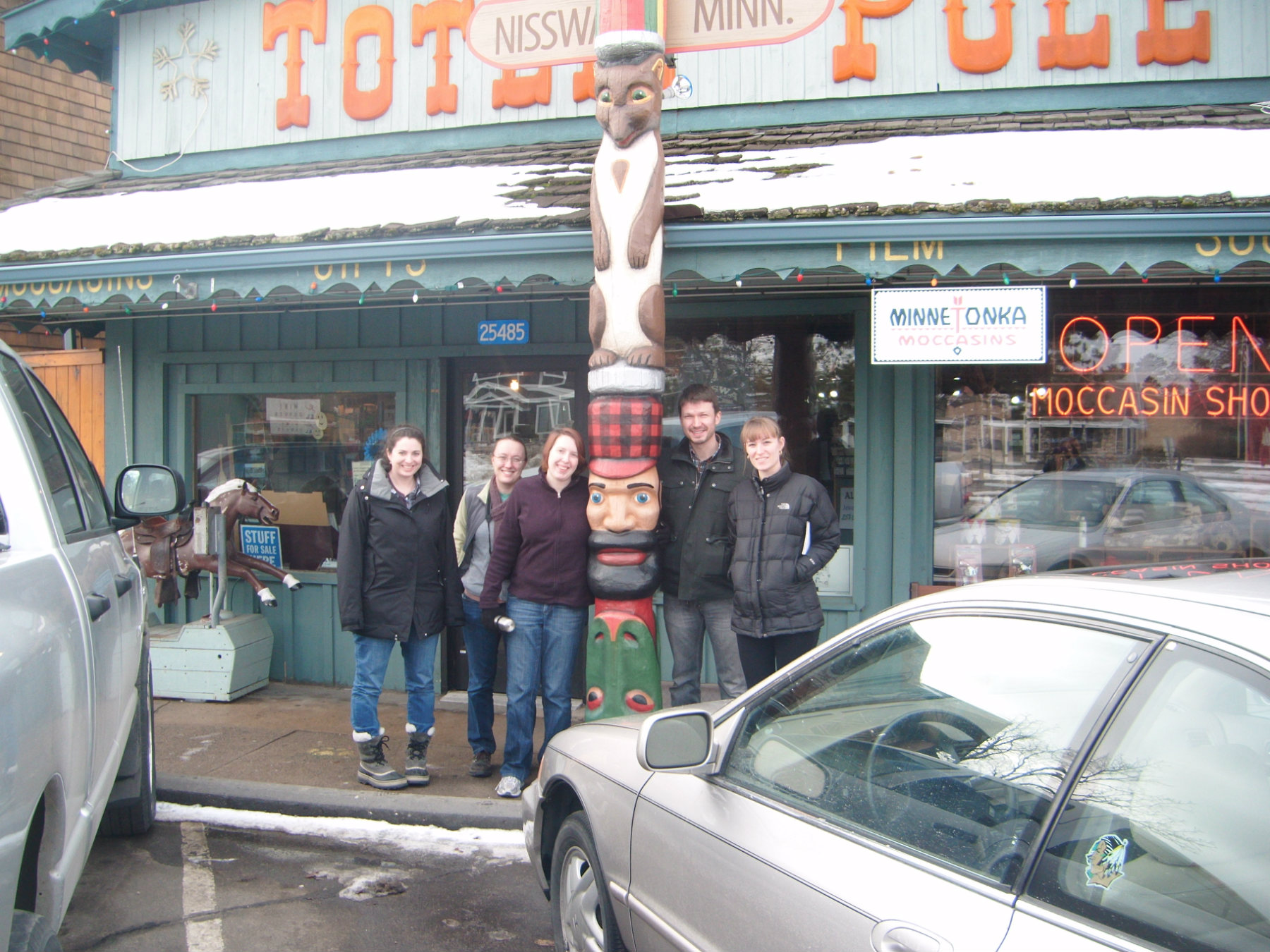
Model Comp Plan provides sample city and county policies to support sustainable transportation. (Final Report Reference: Appendix I)
Active Transportation Policy Review- this report is a review of policies in place that support, encourage, promote, and implement active transportation in the five Central Minnesota citeis of Brainerd, Little Falls, Long Prairie, Wadena and Walker. Populations for the five studied cities range from a low of 928 for Walker to a high of 13,517 for Brainerd. Wadena has 4090, Long Prairie has 3409, and Little Falls has 8288. Each of these cities is a county seat, which makes them influential communities in their counties and in the region as a whole. Good active transportation practices in these five cities will have positive impacts on active transportation advances in neighboring towns.
Bicycle and Car Sharing: Alternative Transportation for Region Five-The Central Minnesota Sustainable Development Plan outlines the themes, issues, goals and recommendations/actions to achieve sustainable development in Region Five. This memo focuses on the infrastructure-Transportation Action Steps outlined in the plan. Specifically, it addresses Recomentations T6 (increasing alternative transportation) and T8 (planning multimodal transportation options) by looking at bike sharing and car sharing as potential transporation alternatives for the region.
A section of the Policy Toolkit provides a review of resources to support sustainable transportation. (Final Report Reference: Appendix H)
Goals, Recommendations and action steps:
Transportation Issue I (TI)
Public transit: To improve public transit in the region, we need to answer the following questions: 1) How can regional public transit be a viable alternative to cars for commuters and for both the young and the elderly? 2) What opportunities are there for transit partnerships? 3) Where does it make sense to focus on public transit? and 4) In what ways might the private sector be involved as the need grows?
Transportation Issue I Goal
Transportation: The goals of our transportation system should be: 1) to get products to markets by focusing on rail and improving/maintaining our main roads; 2) to respect tighter public budgets by prioritizing which roads should be maintained and which ones should be abandoned; and 3) improving transit options to affordably get people to where the jobs are.
Transportation Recommendations and Action Plans
indicators of success
|
|
Baseline: |
|
Benchmarks for Success: |
|
|
Transportation. Current trends shows that the region is well served by roads. The emphasis will shift to maintenance; some roads will go to low maintenance. |
|
Transportation.The goals of our transportation system should be: 1) to get products to markets by focusing on rail and improving/maintaining our main roads; 2) to respect tighter public budgets by prioritizing which roads should be maintained and which ones should be abandoned; and 3) improving transit options to affordably get people to where the jobs are. |
TELLING OUR STORY
THE RESILIENT READER: Collaborative Planning, Policy Development and Implementation Partnerships
CHAMPION REPORTS
PRESS RELEASES
Funding to Connect State Trails
Want to learn more? Interested in becoming involved with this work?
Contact Dawn Espe at Region Five Development Commission and she will put you in touch with one of the theme champions.
THEME CHAMPIONS
Tim Houle, Engineer, Widseth, Smith and Nolting
Jarrett Leas, Engineer, Kadrmas, Lee and Jackson
Andy Stone, Transit Coordinator, City of Brainerd
Staci Headley, Regional Development Planner, R5DC
For Additional Transportation Resources See Our Partners:
 http://www.dot.state.mn.us/transit/riders/
http://www.dot.state.mn.us/transit/riders/
 http://www.dot.state.mn.us/minnesotago/
http://www.dot.state.mn.us/minnesotago/
